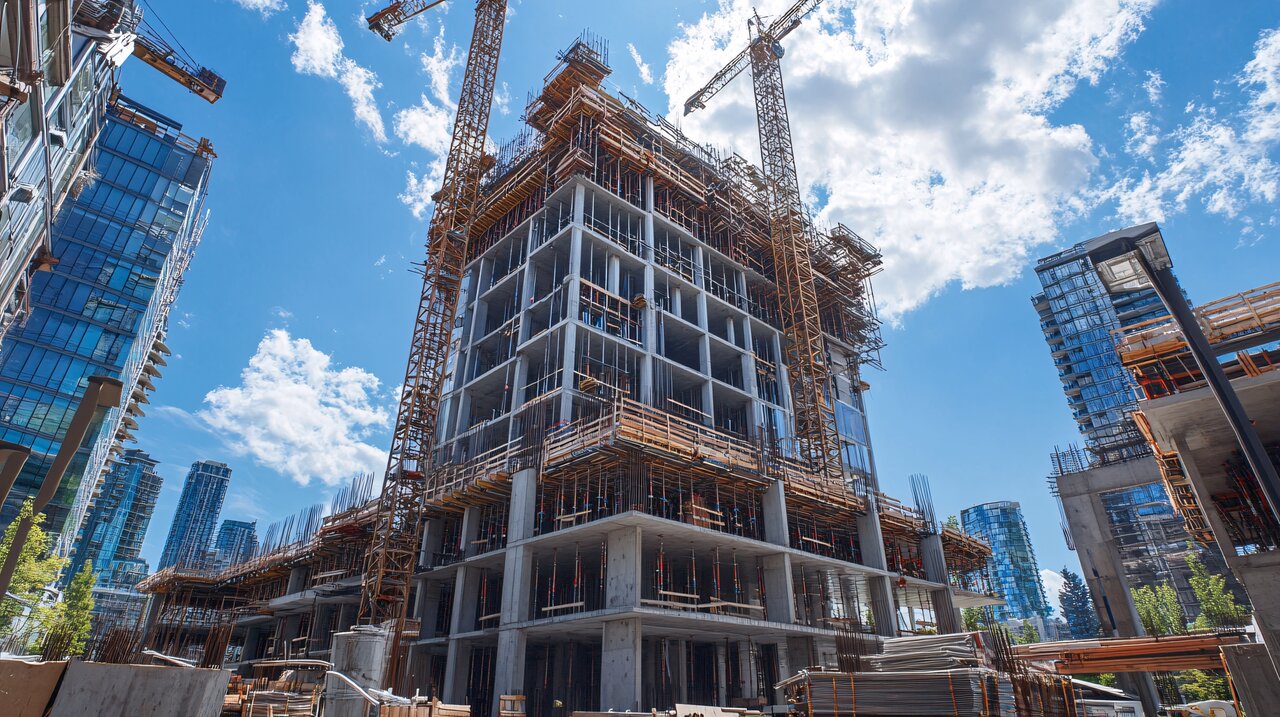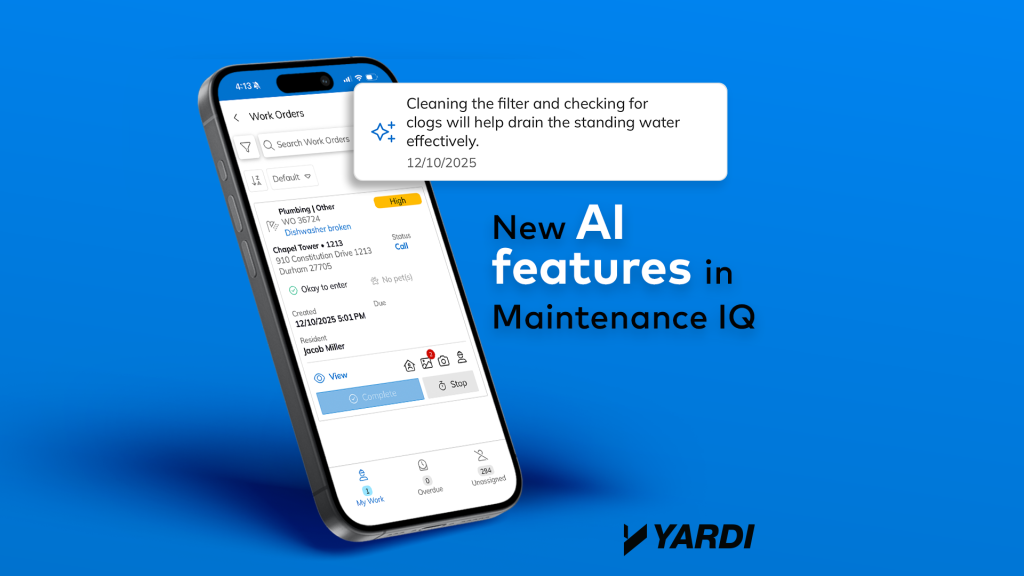By Joel Nelson on September 7, 2024 in News
As you admire the expansive view or plush furnishings from the highest reaches of a commercial, residential or other type of building, it’s easy to take some things for granted – such as the system that distributes water for drinking, removing waste and suppressing fire. How does water arrive ready for use at the highest levels of a structure?

Plumbing systems must be capable of supplying water from municipal or private sources at a consistent pressure, volume and temperature to high-rise buildings, which are anywhere from 75 feet to more than 2,000 feet.
Some principal challenges of high-rise water distribution center around controlling pressure, which is “both friend and foe in plumbing systems,” say experts at the Nagpur Priyadarshini Indira Gandhi College of Engineering in Maharashtra, India. Water pressure systems that accommodate everything from low-flow faucet to high-flow showers and fire sprinklers must be carefully regulated to ensure efficient delivery and protect the building’s infrastructure.
Other complications arise from the multiple penetrations through structural slabs that are needed to install plumbing infrastructure. Each of them must be sealed to prevent vertical migration of fire and smoke. Tall buildings require more robust structures, further limiting the allowable space for penetrations. Building designers and operators must also take water treatment systems and backup pumps and tanks to prevent service disruptions into consideration.
And buildings such as hospitals must accommodate specialized plumbing needs such as laboratory waste, medical gases, and multiple water temperatures for cleaning and sanitizing.
The water distribution system in a high-rise building can vary depending on the building’s size, number of occupants and local building codes and regulations. The two basic methods for distributing water are:
Rooftop reservoir. After water is pumped to a rooftop reservoir, gravity distributes it throughout the floors below. “It’s a simple yet effective solution that has stood the test of time,” and one that relieves building operators from relying solely on the pressure from main water lines, says Houston-based AAA Plumbers, a firm experienced in commercial and residential projects. When the water level in the tank drops below a certain level, a float switch engages the pump, refilling the tank. Challenges of this approach include high setup capital costs, more stringent structural requirements and reduced pressure control.
Booster pumps. This type of system employs multiple booster pumps at various interior levels of the structure to distribute water directly from the main supply from the ground or basement level through a complicated network of pipes and valves. Water is delivered to higher elevations by powerful pumps capable of delivering to the upper floors. Not surprisingly, taller buildings require more powerful pumps to overcome this gravitational challenge.
Other components of water distribution include valves that equalize pressure on all floors and protect the building’s infrastructure; pressure tanks, often placed at the highest point within a building, which store water at a desired pressure level and steady water flow when demand varies; and water heaters.
“High-rise buildings stand as monuments to human ingenuity, but it’s the expertise of dedicated plumbers that keeps their lifeblood flowing smoothly day after day,” says Property Manager Insider, an online resource for property and facility managers.


